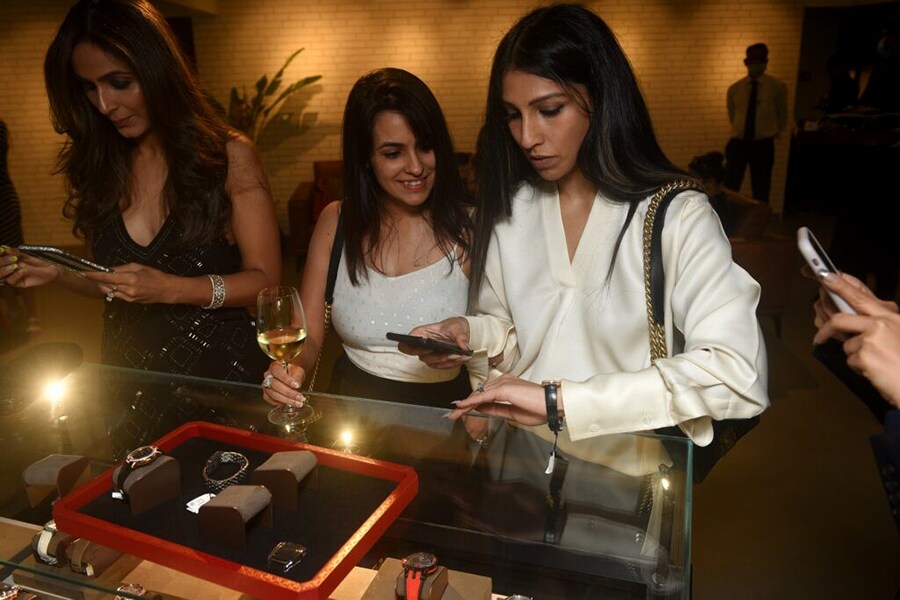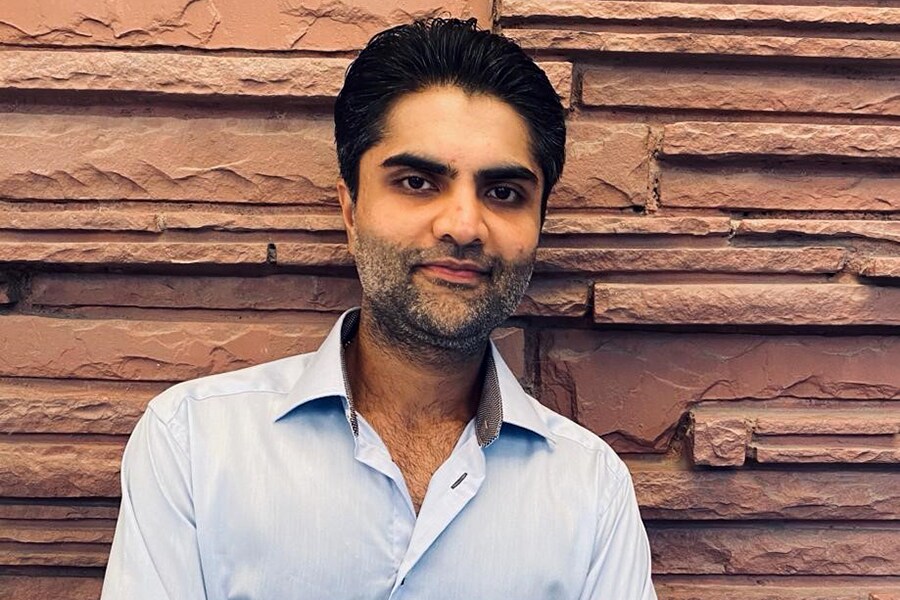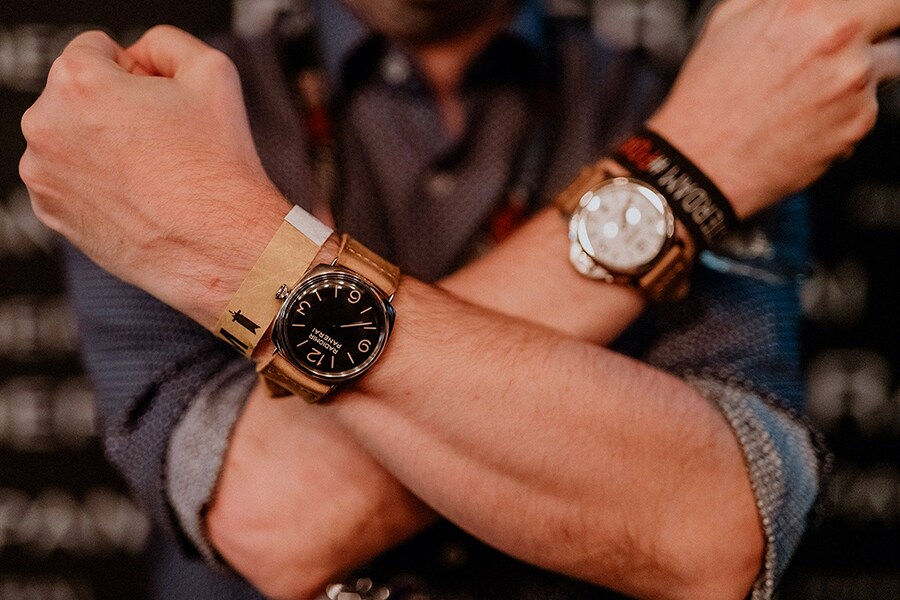The luxury watch industry is built around heritage, traditions, innovations, high price points, and most importantly, exclusivity. But do the Millennials and the so-called Gen Z see value in these attributes? How does a traditional watch brand that boasts of a 200-year legacy connect with today’s consumers without compromising its DNA? An industry that was dominated by a certain older age group of affluent buyers is now seeing a strong onset of younger shoppers.
Believe it or not, we have seen a relatively evident effort in that direction post-pandemic. Most luxury watch brands today have understood the importance of creating a deeper relationship with their customers and are slowly yet gradually getting over the whole transactional mindset. Spreading the awareness of social values through the power of knowledge and working towards a customer communication strategy. Does this mean brands have ceased all traditional marketing strategies? That wouldn"t make logical sense. The key here is to add human value even to your marketing campaigns. Although working with celebrities, luxury sports activities such as Formula 1, Tennis, Golf and so on, has proven to be quite fruitful, brands today are now also working with real-life heroes, a more relatable approach.
Over the last few years, we have also seen the birth of several watch communities—some of which are driven by the brand directly. A good example here is the Paneristi tribe. A community of more than 30,000 Panerai owners with more than 30 local hubs around the globe. Each Panerista brings his own experience and story to the community, contributing to the nurture of this big worldwide family. A family where each Panerista can find common ground for his passion and mutual support during both happy and tough moments.
Another example here is the MB&F tribe. The name spells it all—Max Busser & Friends. If you are the owner of an MB&F Machine, you are more than just a friend. You are part of "The Tribe" which comes with its share of benefits.
Then there are the communities that are for the people, by the people. A group of collectors invested in a hobby irrespective of the nature of the business. India has seen the rise of a few such credible communities over the last few years, which is certainly not going unnoticed by the prestigious watch manufacturers.
Tribes and communities
One such group is the RedBar crew. RedBar Group is the official organisation for an international collective of watch collectors. Founded by Adam Craniotes and Kathleen McGivney, RedBar Group"s goals include fostering the growth of existing collector communities around the globe, helping fellow enthusiasts start new meetups in their local areas, and encouraging collectors to give back to the local communities. In India, we have RedBar Bombay.
![]() Punit Mehta, Chapter Leader - RedBar Bombay
Punit Mehta, Chapter Leader - RedBar Bombay
“Luxury watches are an amalgamation of ingenious engineering, exquisite design and an aspiration to be a part of history or a story. Brands are now starting to recognise that these are actually the deciding factors for watch collectors and not merely aesthetic or (discounts) pricing policies," says Punit Mehta, Chapter Leader - RedBar Bombay.
“Knowledge is being passed from the watchmaker"s desk to the retailers down to the collectors via different mediums such as digital media, over the counter experience and curated events for watch connoisseurs. More focus is given to curated and tailored experiences by the brands which, in turn, helps us understand and boosts our confidence in the brand. Brands today are not just receptive but the local brand representatives are also very intellectually invested", says Mehta.
Brands get social
Another small tool, yet a goldmine for any brand, is social media. We have seen a visible shift in the communication strategies of most luxury watch brands over platforms such as Instagram, Facebook, Clubhouse, and so on. They are far more communicative and responsive to their consumers directly. It is one thing to respond with “thank you for your feedback", but it"s another to respond with a helpful solution. That superficial facade seems to be fading gradually. As minuscule as it sounds, this has been a huge tool in adding human value and emotions to the business of wristwatches.
![]() There has been a visible shift in the communication strategies of most luxury watch brands.
There has been a visible shift in the communication strategies of most luxury watch brands.
Besides engaging directly with communities and gathering consumer insights from social media platforms, another switch we have seen is the onset of ecommerce in the world of luxury watch brands. In my opinion, ecommerce is one of the most underused platforms to sell luxury timepieces. Initially quite sceptical of the idea of selling online in India, luxury watch brands today have adopted the concept of online retail.
Although it is still a lot about product and purchase experiences and building relationships, does the customer today have the time and the patience?
Ecommerce and luxury watch brands
“We have strongly activated the ecommerce part of the business and have seen the convenience of having these platforms offering our products to clients that could not physically visit our stores. We also saw the importance of the relationship that our call centres brought into these purchases over the last year," says CEO of JaegerLe-Coultre, Catherine Rénier. “Clients would browse online and call our team for more information and guidance and then buy online. We have seen this dynamic come together quite well."
![]() Catherine Rénier, CEO of JaegerLe-Coultre
Catherine Rénier, CEO of JaegerLe-Coultre
“That being said, I don’t think the stores will disappear. The physical experiences and expectations when you visit a store are very different. I think even when the stores and boutiques do open, this existing ecosystem will blend really well. Our clients can visit us, experience the brand and the watches and then have the option to buy online at their convenience. The stores and boutiques will definitely continue to play a very important role. The physical experience of the store is different, of course, but the future will also have digital elements", says Rénier.
In India, reputed luxury watch retailers have now expanded their business to the ecommerce platform and are most certainly capitalising on this hybrid format. One such example would be the Art of Time chain of luxury watch stores in India.
Digital presence
Bharat Kapoor, Director, Art Of Time, says that a strong digital presence for any brand, especially in the luxury sector, is the new normal. “The ecommerce boom started a few years ago and gained momentum with the pandemic. Art of Time responded to the need of the hour and launched its ecommerce to not only combat the lockdowns but also expand its reach pan India. We have made brands like Cartier, IWC Schaffhausen, Jaeger LeCoultre, Panerai, Roger Dubuis, and Ulysse Nardin easily accessible to our clients while providing the same stellar buying experience with our e-commerce website," says Kapoor.
“The market has responded to this ‘new normal’ very well and our website has, as we’d hoped, picked up momentum," says Gaurav Bhatia, Director, Art Of Time India. “The 6 years of trust and relationships we have built via our physical boutiques have also ensured our clients trust the Art of Time brand to deliver the same level of service and after-sales service even when they transact with us online. To add to that, there is a paradigm shift in customer buying behaviours and thinking when it comes to buying luxury online. The comfort of a 24/7 hour online boutique without geographical borders is not missed by our clients. Luxury sales on ecommerce platforms are set to break records in the near future and we’ve made sure Art of Time is ready for that boom," says Bhatia.
Given the traditional Indian mindset, are we there yet? Well, maybe not. But one can’t take away from the fact that the luxury watch market in India is witnessing a period of transition. With a strong focus on consumer centricity and proactive communication, there is no stopping the vertical growth of the luxury watch market in India.
Karishma Karer is the founder of The Hour Markers. A leading horological voice in India, Karer has been a part of the watch world for almost two decades. 





